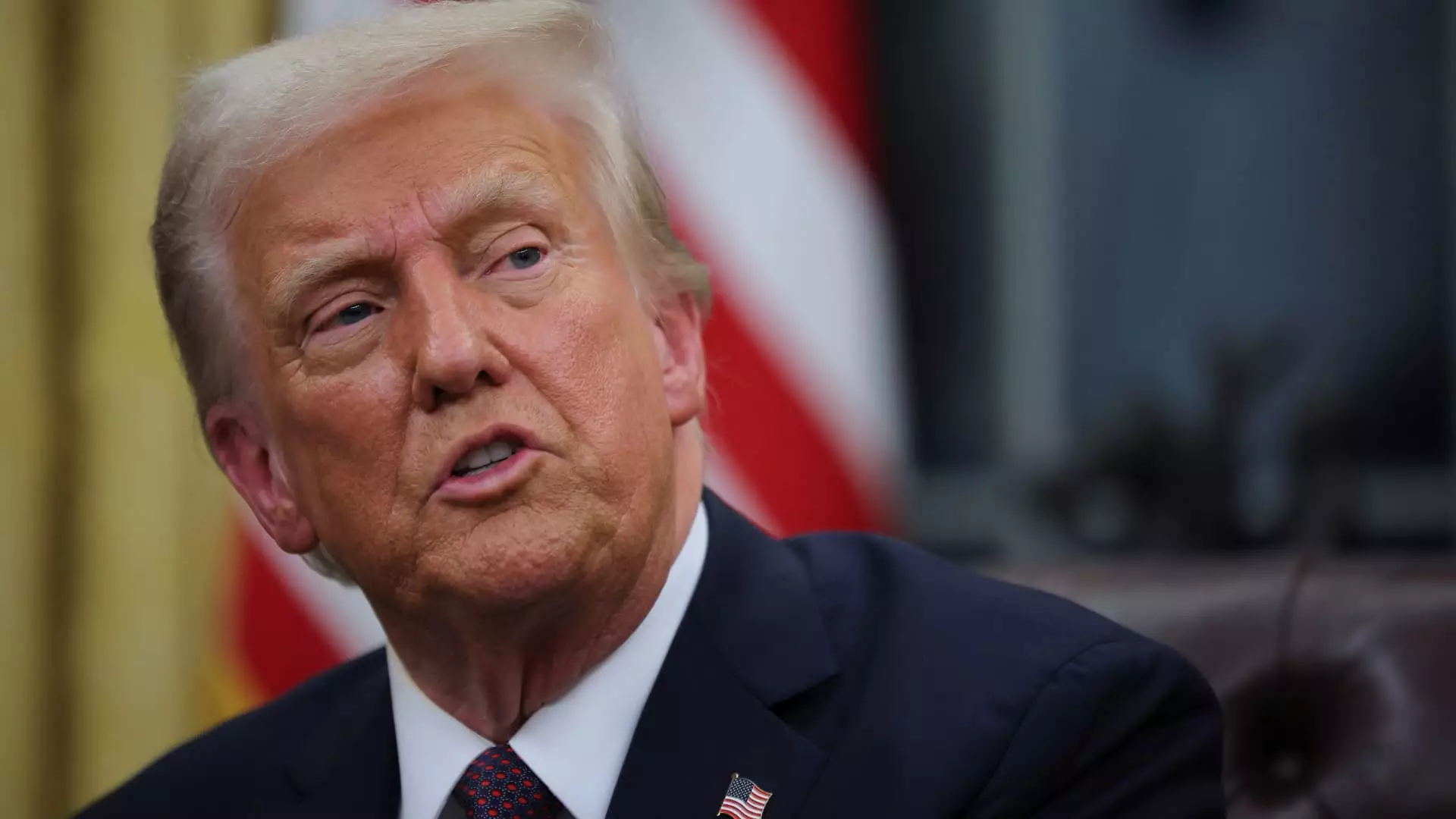In an unprecedented legal conflict, a federal judge intervened to halt a significant measure put forth by the Trump administration, aimed at freezing existing federal grants and loans pending a thorough review. This critical ruling came from Judge Loren AliKhan, who issued an immediate stay just moments before the cutoff for the freezing order—the timing illustrating the urgency and far-reaching implications of this legal dispute. With funds potentially amounting to trillions of dollars in limbo, this case has attracted widespread attention and concern from multiple stakeholders, emphasizing the precariousness of federal funding mechanisms in the face of shifting political winds.
The order, originating from the Office of Management and Budget (OMB), was part of the Trump administration’s broader initiative to eliminate what they termed “woke ideology” within federal programs. The chaotic nature of the memorandum, which called for an immediate halt to the disbursement of funds linked to various assistance programs, left agencies scrambling and many nonprofits vulnerable. Lawyers representing a consortium of states and organizations quickly filed litigation challenging the legality of this order, underscoring the widespread belief that the implementation of such a measure would culminate in significant and detrimental financial repercussions for affected parties.
Judge AliKhan’s decision to issue an administrative stay was both timely and critical, halting the order just before it was set to take effect. Her ruling was not based solely on the legality of the Trump administration’s actions but also weighed the immediate potential damage that federal programs could face if funds were frozen. AliKhan highlighted that her administrative stay would last only until Monday, emphasizing the need for a deeper examination of the issues raised by the plaintiffs. This forward-thinking approach by the judiciary demonstrates an agile response to what many perceive as an overreach by the executive branch.
Moreover, the plaintiffs, comprising a coalition of 22 states and the District of Columbia, assert that the hasty nature of the OMB’s order created confusion among federal agencies about which programs would be impacted. By mandating reviews of all federal financial assistance programs, the administration inadvertently sowed doubt and disruption, making it difficult for organizations to plan effectively around potentially lost funding.
The ramifications of the OMB order reach far beyond the bureaucratic sphere. Many local nonprofits, crucial to community support systems, find themselves in jeopardy as they depend heavily on federal funding. Diane Yental, the CEO of the National Council of Nonprofits, poignantly articulated the precarious situation many organizations face, particularly smaller groups that operate with limited financial leeway. A pause in funding could lead to staff layoffs, operational shutdowns, and obliteration of vital community services—all of which resonate profoundly with citizens relying on those programs.
The collective anxiety that enveloped these nonprofits emphasizes the pressing need for stability in federal funding mechanisms, especially during periods of political unrest. As legal proceedings continue, the question remains: what protections can be put in place to safeguard essential services against similar threats in the future?
As the judicial system gears up to address this case further, the upcoming hearing scheduled for Monday signifies a pivotal moment in determining the future of federal grant administration. The landscape of federal funding is intricately tied to political ideologies and shifts, and this ruling could serve as a safeguard for grant recipients—or it may pave the way for further challenges to the administration’s spending priorities.
The ongoing legal battle sparked by the Trump administration’s controversial freeze on federal grants and loans reveals a complex intersection of government policy, judicial oversight, and the fate of local communities across the country. The outcome of this case may very well set a precedent for how future administrations handle federal funding—highlighting the need for a balance between political agendas and the concrete realities faced by those who depend on government support.

